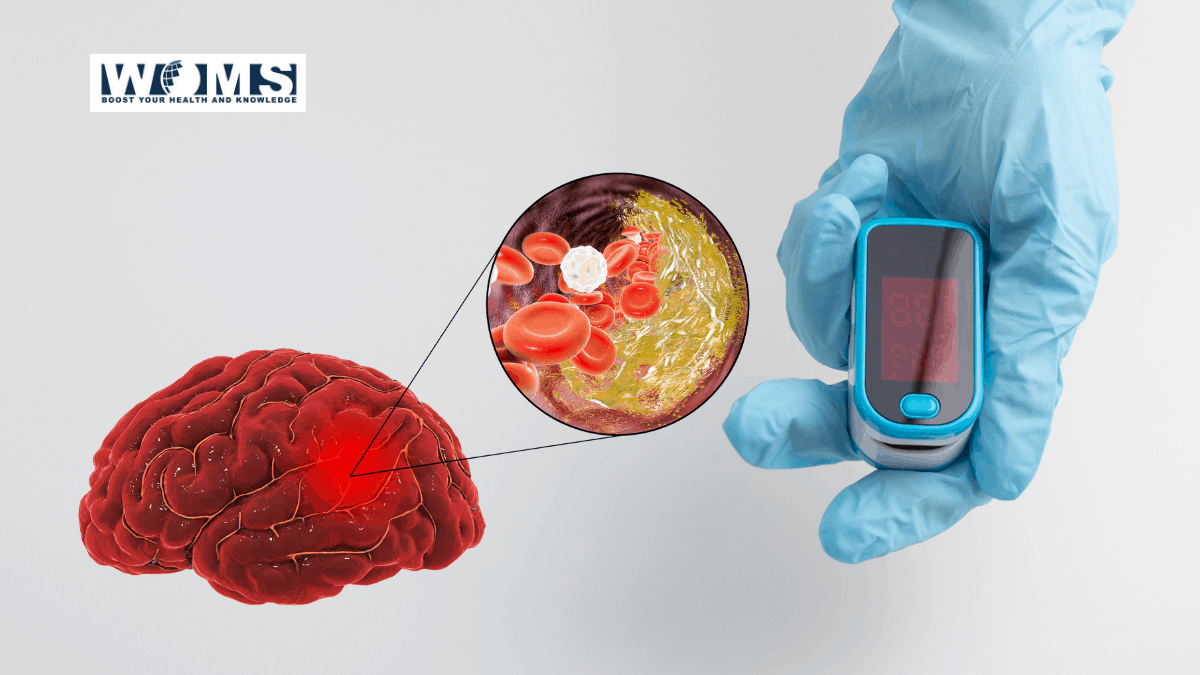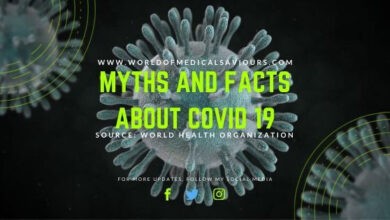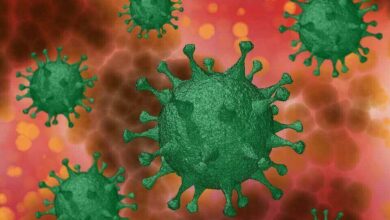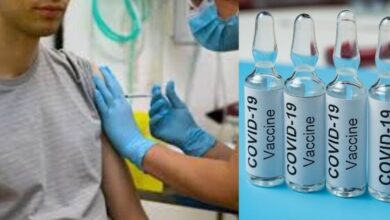Happy Hypoxia & COVID-19 | Relationship

Have you heard the word “hypoxia” before? Happy hypoxia is another related word. In this era of COVID-19, several studies have investigated their relationship.
But we need to understand what hypoxia is? After that, we can relate to them. Hypoxia is the condition of low levels of oxygen. That means, when you are hypoxic, there will be very little oxygen in your tissues.
Happy Hypoxia is a Medical Issue
Do you think hypoxia is an illness or not? Let us explain. Yes, hypoxia is a medical problem. Therefore, you need to take it seriously. When you have shortness of breath, it affects your body’s overall work, especially if you are out of breath after exercise.
What is Hypoxia in Simple Words?
Hypoxia is the lower level of oxygen in the body. The shortness of breath due to hypoxia can become worst with time. You must also prefer medical care if you wake up from sleep and have shortness of breath. Please keep reading as we explain these concepts.
Happy Hypoxia | The Silent Enemy
When we say silent enemy, which means you are not aware of it. Yes, the term happy hypoxia often shows a condition where patients have hypoxia. However, they do not know about it. The level of oxygen in your blood remains low. However, you will be able to do all routine activities.
That is why hypoxia is a harmful state. You should monitor the oxygen level in your blood and tissues. That too in a regularly. Otherwise, you may face severe harm. So, are you looking for some more details? Let us help you with that.
Organ Damage In Happy Hypoxia
In the case of happy hypoxia, different organs can stop working. This leads to a dangerous situation. If you are young and strong, then you may not realize it. As you are young and have good health and immunity, you may not know you have happy hypoxia.
However, the drop in the level of oxygen in your body is bad news.
Happy Hypoxia Symptoms
Are you worried that you may have happy hypoxia, but you will not be able to feel it? You need not worry as long as we inform you about some symptoms. These symptoms can be acute or chronic.
Acute Symptoms
Symptoms can be mild or severe. You may be short of breath or rapid breathing, or you will have a fast heart rate.
Severe Symptoms
Some individuals have severe symptoms when they are happy hypoxic. For example, they cannot communicate, and they have an increased confusion. It can result in a coma or death. You may also have a feeling of choking.
Additionally, don’t ignore the symptoms of wheezing or frequent coughing. Visually, you can see the skin becoming discolored.
Happy Hypoxia & COVID-19
Are you wondering about the relationship between happy hypoxia and COVID-19?
We must tell you; there is a link between these conditions. As already mentioned, hypoxia is the lower oxygen level in the blood. When you are healthy, then you have 95% of oxygen saturation. That means the average oxygen saturation is 95%.
Unfortunately, patients of COVID-19 have a drop in this saturation. They have only 40% of the oxygen saturation level. Isn’t that a bad condition? Indeed, it is. Without any seeming symptoms, happy hypoxia can be a deadly condition.
Symptoms of COVID-19: Yet a mystery
You may ask, how happy hypoxia and COVID-19 are related? When you have happy hypoxia in the early stages and suffer from COVID-19, you may appear alright. However, the symptoms of COVID-19 are still a mystery to solve. Therefore, both conditions may exist without your information.
Oxygen Level In COVID-19
COVID-19 is a respiratory illness. However, in this illness also, your lungs have a reduced capacity to absorb oxygen. Also, in the COVID-19, the oxygen levels decrease to 40%, just like happy hypoxia. That is why we need ventilators for such patients.
Are you interested in the reason for lower oxygen levels? We can say it is due to coagulation or clotting. So, this is how we can relate happy hypoxia and COVID-19.
Normal Oxygen Demand of Body
Every person has a different level of oxygen saturation. You will often see the abbreviation OER for normal oxygen saturation level. Normal OER is 97 – 100%. As you age, it may reduce.
By this, we mean that older adults have a reduced OER. While younger people have higher, for instance, an older guy may have 95% OER. This OER is acceptable.
Exchange of Gases in Lungs
With the concept of respiration and hypoxia, we may see alveolar ventilation. It is the exchanging of gases. This exchange takes place between alveoli in the lungs and the outside environment. If the process of alveolar ventilation does not proceed smoothly, you can be in trouble.
Summary
We hope the happy hypoxia blog post gives you enough information. Also, now you will understand the relationship between COVID-19 and happy hypoxia.
In all cases, we suggest you be careful about your well-being. We will be glad to have your feedback in our comments section.
FAQs
Why we give oxygen to provide COVID-19 patients?
There is a lower level of oxygen in COVID-19. When you are healthy, then you have 95% of oxygen saturation. That means the average oxygen saturation is 95%. Patients have only 40% of the oxygen saturation level. That is why they need oxygen.
What is the effect of COVID-19 on the respiratory tract?
COVID-19 has bad effects on the respiratory tract. The effects are prominent in the upper and lower respiratory region.
How can we identify if we have hypoxia?
The symptoms of hypoxia can be acute or chronic. You are short of breath, or you have rapid breathing and a fast heart rate.




